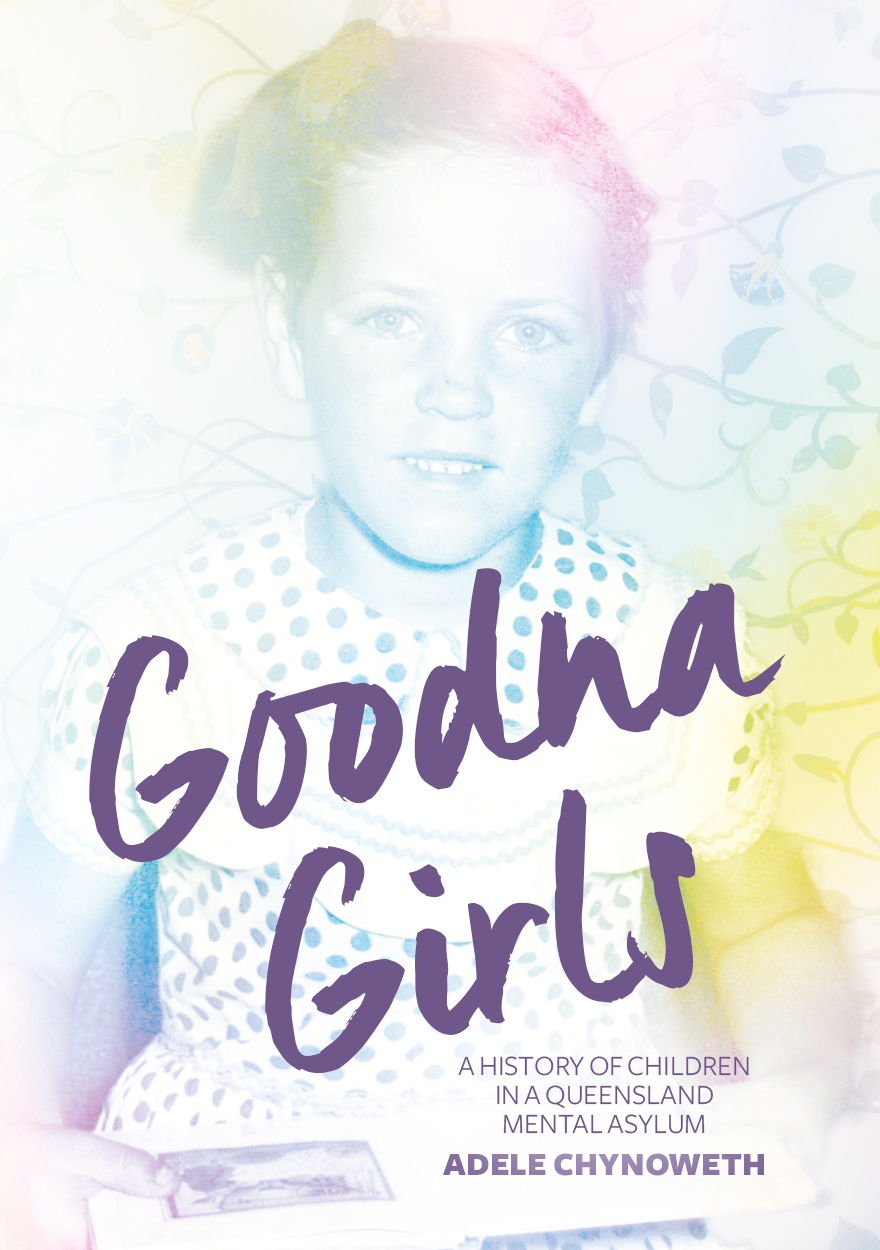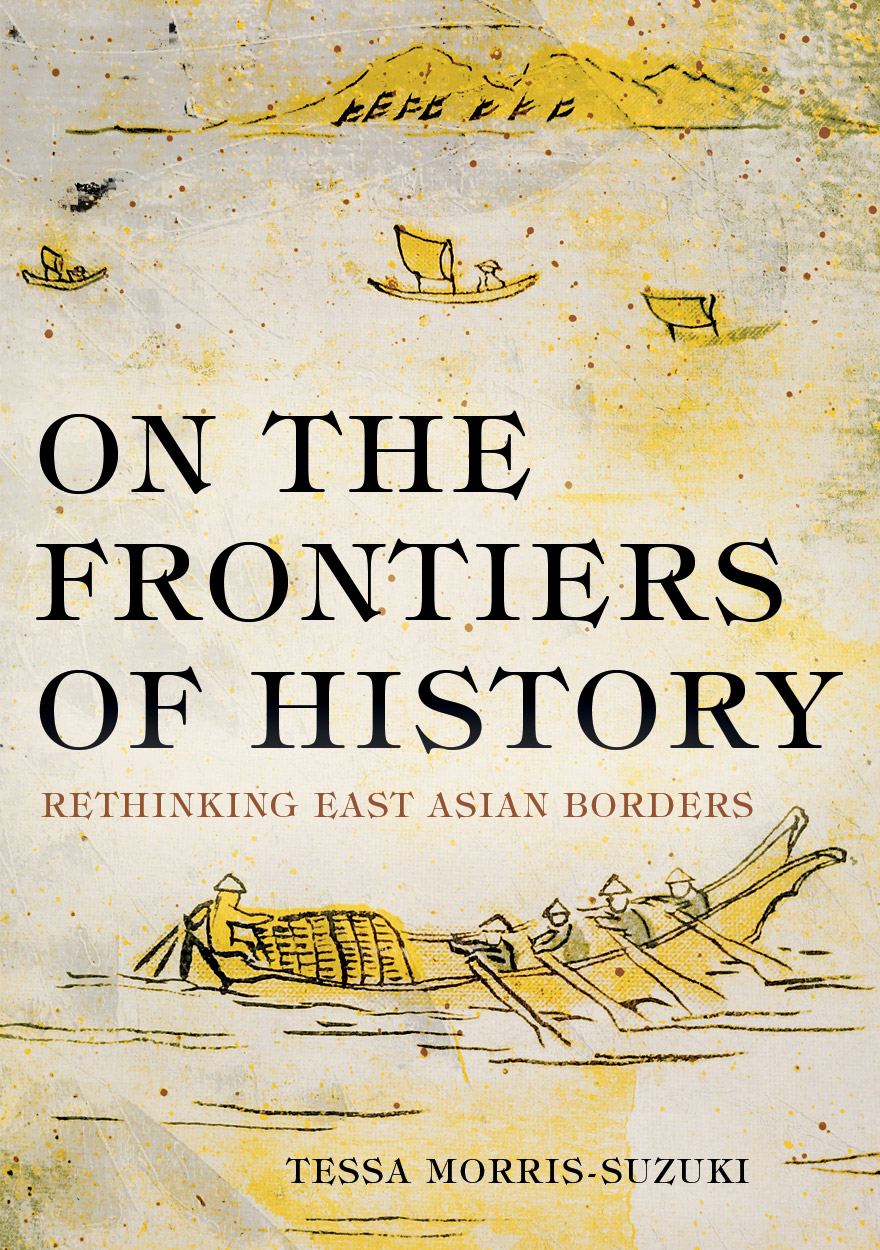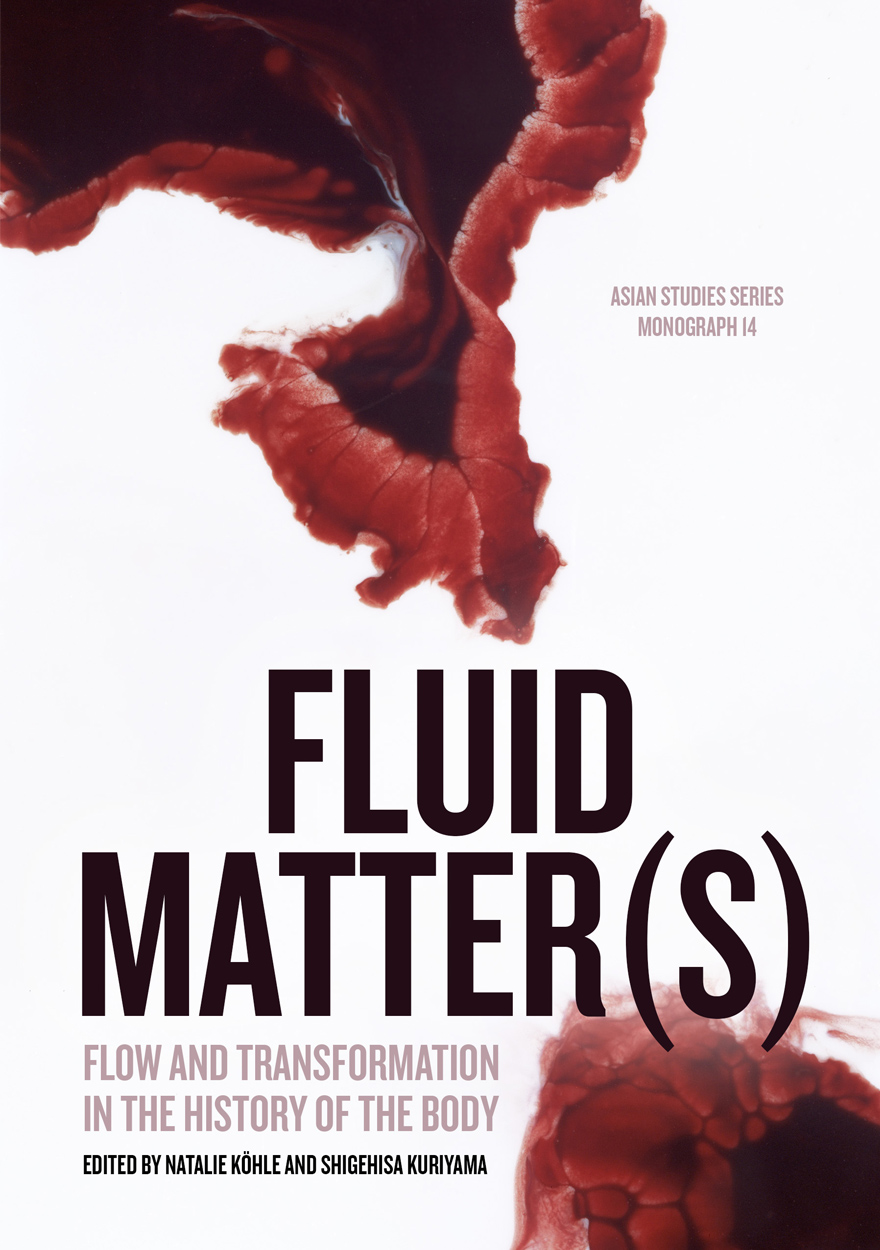Search titles
Displaying results 231 to 240 of 1138.

Forts and Fortification in Wallacea »
Archaeological and Ethnohistoric Investigations
Publication date: September 2020
‘This volume presents ground-breaking research on fortified sites in three parts of Wallacea by a highly regarded group of scholars from Australia, Europe, Southeast Asia and the United States. In addition to surveying and dating defensive sites in often remote and difficult terrain, the chapters provide an important and scholarly set of archaeological and ethnohistoric studies that investigate the origin of forts in Wallacea. Socio-political instability from climate events, the materialisation of indigenous belief systems, and the substantial impact of imperial expansion and European colonialism are examined and comprise a significant addition to our knowledge of conflict and warfare in an under-studied part of the Indo-Pacific. The archaeological record for past conflict is frequently ambiguous and the contribution of warfare to social development is mired in debate and paradox. Authors demonstrate that forts and other defensive constructions are costly and complicated structures that, while designed and built to protect a community from a threat of imminent violence, had (and have) complicated life histories as a result of their architectural permanence, strategic locations and traditional cultural and political significance. Understanding why conflict outbreaks – like human colonisation – often appear in the past as a punctuated event can best be approached through long-term records of conflict and violence involving archaeology and allied historical disciplines, as has been successfully done here. The volume is essential reading for archaeologists, cultural heritage managers and those with an interest in conflict studies.’
— Professor Geoffrey Clark, College of Asia and the Pacific, The Australian National University, Canberra.

East Asia Forum Quarterly: Volume 12, Number 3, 2020 »
Publication date: September 2020
Japan's choices will be consequential — potentially pivotal — as the world moves through an inflection point in history. The United states and China are locking into strategic rivalry, with both countries dealing poorly with transition to a more multipolar order. How the rest of the world responds will determine global security, prosperity and stability for decades to come.
This issue examines how Japan will navigate the policy challenges associated with a post-COVID and post-Abe world. Our contributors offer a variety of perspectives on Japan’s global leadership role, domestic politics, health governance, diplomatic strategy and economic recovery. Our Asian Review pieces examine the domestic drivers of India’s foreign policy and the shaping of politics in China.
Download for free
Not available for purchase

Goodna Girls »
A History of Children in a Queensland Mental Asylum
Authored by: Adele Chynoweth
Publication date: September 2020
Goodna Girls tells the story of children incarcerated in Wolston Park Hospital, an adult psychiatric facility in Queensland, Australia. It contains the personal testimonies of women who relate—in their own no-holds-barred style and often with irreverent humour—how they, as children, ended up in Wolston Park and how this affected their adult lives. The accounts of hospital staff who witnessed the effects of this heinous policy and spoke out are also included.
The book examines the consequences of the Queensland Government’s manipulation of a medical model to respond to ‘juvenile delinquents’, many of whom were simply vulnerable children absconding from abusive conditions. As Australia faces the repercussions of the institutionalisation of its children in the twentieth century, brought about through a series of government inquiries, Goodna Girls makes a vital contribution to the public history of the Stolen Generations, Former Child Migrants and Forgotten Australians.
Goodna Girls presents the research that informed a successful, collective campaign to lobby the Queensland Government to make long overdue and much-needed reparations to a group of courageous survivors. It holds contemporary resonance for scholars, policymakers and practitioners in the fields of public history, welfare, child protection, education, nursing, sociology, medicine and criminology.

How Local Art Made Australia’s National Capital »
Authored by: Anni Doyle Wawrzyńczak
Publication date: August 2020
Canberra’s dual status as national capital and local city dramatically affected the rise of a unique contemporary arts scene. This complex story, informed by rich archival material and interviews, details the triumph of local arts practice and community over the insistent cultural nation-building of Australia’s capital. It exposes local arts as a vital force in Canberra’s development and uncovers the influence of women in the growth of its visual arts culture. A broad illumination of the city-wide development of arts and culture from the 1920s to 2001 is combined with the story of Bitumen River Gallery and its successor Canberra Contemporary Art Space from 1978 to 2001. This history traces the growth of the arts from a community-led endeavour, through a period of responses to social and cultural needs, and ultimately to a humanising local practice that transcended national and international boundaries.

Bridging Australia and Japan: Volume 2 »
The writings of David Sissons, historian and political scientist
Edited by: Keiko Tamura, Arthur Stockwin
Publication date: August 2020
This book is volume two of the writings of David Sissons, who first established his academic career as a political scientist specialising in Japanese politics, and later shifted his focus to the history of Australia–Japan relations. In this volume, we reproduce his writings on Japanese politics, the Pacific War and Australian war crimes trials after the war. He was a pioneer in these fields, carrying out research across cultural and language borders, and influenced numerous researchers who followed in his footsteps. Much of what he wrote, however, remained unpublished at the time of his death in 2006, and so the editors have included a selection of his hitherto unpublished work along with some of his published writings.
Breaking Japanese Diplomatic Codes, edited by Desmond Ball and Keiko Tamura, was published in 2013, and the first volume of Bridging Australia and Japan was published in 2016. This book completes this series, which reproduces many of David Sissons’ writings. The current volume covers a wide range of topics, from Japanese wartime intentions towards Australia, the Cowra Breakout, and Sissons’ early writings on Japanese politics. Republished in this volume is his comprehensive essay on the Australian war crimes trials, which influenced the field of military justice research. Georgina Fitzpatrick and Keiko Tamura have also contributed essays reflecting on his research.
Sissons was an extraordinarily meticulous researcher, leaving no stone unturned in his search for accuracy and completeness of understanding, and should be considered one of Australia’s major historians. His writings deal not only with diplomatic negotiations and decision-making, but also the lives of ordinary and often nameless people and their engagements with their host society. His warm humanity in recording ordinary people’s lives as well as his balanced examination of historical incidents and issues from both Australian and Japanese perspectives are hallmarks of his scholarship.

On the Frontiers of History »
Rethinking East Asian Borders
Authored by: Tessa Morris-Suzuki
Publication date: August 2020
Why is it that we so readily accept the boundary lines drawn around nations or around regions like ‘Asia’ as though they were natural and self-evident, when in fact they are so mutable and often so very arbitrary? What happens to people not only when the borders they seek to cross become heavily guarded, but also when new borders are drawn straight through the middle of their lives? The essays in this book address these questions by starting from small places on the borderlands of East Asia and looking outwards from the small towards the large, asking what these ‘minor pasts’ tell us about the grand narratives of history. In the process, it takes the reader on a journey from Renaissance European visions of ‘Tartary’, through nineteenth-century racial theorising, imperial cartography and indigenous experiences of modernity, to contemporary debates about Big History in an age of environmental crisis.

Achieving Inclusive Growth in the Asia Pacific »
Edited by: Adam Triggs, Shujiro Urata
Publication date: August 2020
The world’s developed economies are experiencing a sharp backlash against globalisation, and it appears to be contagious. Will Asia catch it next? Asia has seen spectacular growth in recent decades. It has benefited substantially from global trade, finance, openness and the rules-based international order. But much of the growth Asia has enjoyed has not been shared. It has not been inclusive growth. Inequality in Asia is among the highest in the world. The richest man in Vietnam now earns more in a single day than the poorest person does in a decade. Asia has far to go in making its societies more inclusive to women, ethnic minorities and the LGBT community. How can Asia reduce inequality? What are the forces that determine whether growth in the Asia Pacific is inclusive or not? And what can be done to make Asia’s growth more inclusive in the future? This book brings together the region’s leading thinkers to explore how to change Asia’s trajectory, before it is too late.
The Pacific Trade and Development (PAFTAD) conference series has been at the forefront of analysing challenges facing the economies of East Asia and the Pacific since its first meeting in Tokyo in January 1968.

A Populist Exception? »
The 2017 New Zealand General Election
Edited by: Jack Vowles, Jennifer Curtin
Publication date: August 2020
The ‘spectre of populism’ might be an apt description for what is happening in different parts of the world, but does it apply to New Zealand? Immediately after New Zealand’s 2017 general election, populist party New Zealand First gained a pivotal role in a coalition with the Labour Party, leading some international observers to suggest it represented a populist capture of the government. The leader of New Zealand First, Winston Peters, justified his support for Labour as necessary to allow capitalism to ‘regain … its human face’. The new prime minister, Jacinda Ardern, spoke of a kinder, inclusive politics.
This book draws on the 2017 New Zealand Election Study to uncover New Zealanders’ political attitudes and preferences post-election. Its authors ask: is New Zealand now A Populist Exception? Through detailed empirical analyses of how populism and authoritarianism affected vote choice, opinions about immigration, satisfaction with democracy and the relevance of gender and indigeneity to these issues, this book finds that New Zealand politics today does not reflect the international trend toward ideological polarisation and electoral volatility. The authors argue that inclusive forms of populism can be pluralist if a leader’s rhetorical approach recognises ‘the people’ as diverse and encompassing. A Populist Exception? concludes that although populism has long been a strong current in New Zealand history, contemporary New Zealand exhibits a moderate form of populism, with liberal and pluralist values in balance with a strong commitment to majoritarian democracy.

Fluid Matter(s) »
Flow and Transformation in the History of the Body
Edited by: Natalie Köhle, Shigehisa Kuriyama
Publication date: August 2020
Once upon a time, doctors across Eurasia imagined human beings in ways that strike us today as profoundly strange and alien. For over 2,000 years, they worried anxiously about fluids to which our modern doctors spare hardly a thought (such as sweat, phlegm and qi) and they obsessed over details (such as whether a person’s pores were open or closed) whose meaning and vital importance have now largely faded from memory. Through a series of case studies from Europe, India, China, Mongolia and Japan, Fluid Matter(s) suggests ways to make sense of this strange and dimly remembered past, and urges us to reflect anew on the significance of fluids and flows in the history of medicine.
The book also urges us, more generally, to reimagine the way in which we narrate history. The articles here are essays, in the original French sense. They are exploratory trials, experiments to illustrate some of the ways in which digital texts can go beyond the affordances of print. They test visual effects that are inconceivable on a paper page, but that are easily conjured on an electronic screen. Fluid Matter(s) is the first work of its kind: a study that narrates the body’s past in a form that embodies new futures for narrative.
Not available for purchase

What’s France got to do with it? »
Contemporary memoirs of Australians in France
Authored by: Juliana de Nooy
Publication date: July 2020
While only one book-length memoir recounting the sojourn of an Australian in France was published in the 1990s, well over 40 have been published since 2000, overwhelmingly written by women. Although we might expect a focus on travel, intercultural adjustment and communication in these texts, this is the case only in a minority of accounts. More frequently, France serves as a backdrop to a project of self-renovation in which transplantation to another country is incidental, hence the question ‘What’s France got to do with it?’
The book delves into what France represents in the various narratives, its role in the self-transformation, and the reasons for the seemingly insatiable demand among readers and publishers for these stories. It asks why these memoirs have gained such traction among Australian women at the dawn of the twenty-first century and what is at stake in the fascination with France.



